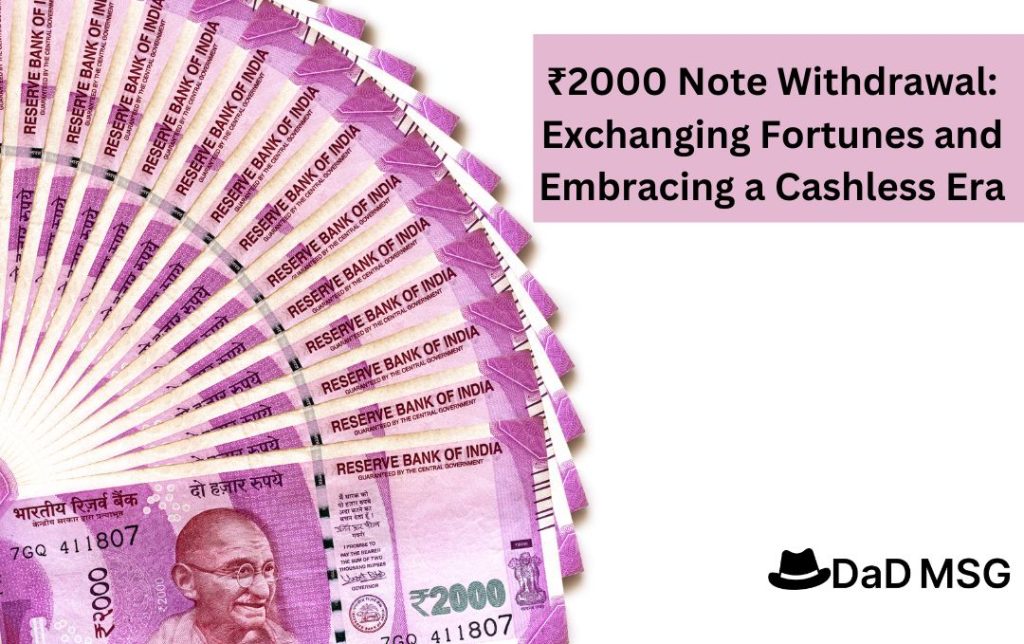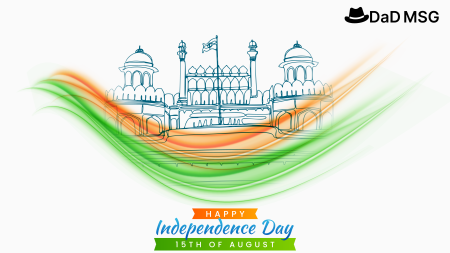Introduction:
The Reserve Bank of India (RBI) unexpectedly announced the removal of the 2000 currency note from circulation. Many people are now uncertain about the procedure for exchanging their current 2000 notes and the potential effects it will have on their financial situation as a result of this decision. We’ll give you crucial details on the 2000 note pull-out in this blog post, like how to swap the notes and what to anticipate during this changeover.
Announcement from RBI and Goals: The RBI declared the withdrawal of the 2000 note from circulation in a notice that was published on 23 May 2023. The choice was made to stop illegal activities like the circulation of counterfeit money and large-scale money hoarding. The RBI hopes to advance a digital economy, lessen the dependency on cash transactions, increase the overall security and openness of the Indian financial system by phasing out the 2000 notes.
Exchange Procedure for 2000 Notes: Within the allotted period, you may visit any authorised bank or post office to exchange your 2000 Notes. The exchange procedure has a 30 September 2023 deadline imposed by the RBI. When exchanging your notes, it is essential to have a current ID on hand, such as a PAN card, Aadhaar card, or other government-issued ID. A standardised process will be used by banks and post offices to confirm the validity of the notes and expedite the exchange.
Limits on 2000-note deposits in banks have been set by the RBI. These restrictions apply to the total amount of 2000-note deposits that may be made. There are no restrictions on how much money an individual can deposit into their accounts—up to a maximum of 50,000. Deposits in excess of this amount will be scrutinised, and the depositor might need to give a convincing justification for where the money came from. To ensure a simple exchange process and prevent pointless hassles, it’s crucial to follow these rules.
Impact on Financial Transactions: It is important to think about how the withdrawal of the 2000 notes may affect your financial transactions. It is essential to schedule your cash withdrawals and payments in advance due to the decreased availability of this denomination. Accepting digital payment options like UPI, mobile wallets, and online banking can reduce any trouble brought on by the withdrawal. Additionally, this transformation offers a chance to advance digital commerce and advance the government’s goal of a cashless society.
Alternative Currency Denominations: Despite the withdrawal of the 2000 note, it’s crucial to remember that alternative coin denominations will continue to be used. The legal tender status of coins with lower values, including those worth 500, 200, 100, 50, 20, and 10, ensures that daily transactions can go without incident. It is recommended to become familiar with these alternative denominations and make sure you have enough smaller denomination notes on hand to cover your urgent financial needs.
Support for Rural Areas: The RBI has taken measures to facilitate a smooth transition because it is aware of the possible difficulties faced by rural areas, where the use of cash is more common. Rural banks and post offices will be well-equipped to handle the exchange process and help people comprehend the required processes. People in rural locations may be able to exchange their 2000- notes without experiencing too much inconvenience thanks to special arrangements that may be made to ensure enough access to banking facilities.
The RBI has taken a key move to combat criminal activities, advance the digital economy, and improve India’s overall financial security with the removal of the 2000 rupee note from circulation. It is essential for anyone possessing 2000 notes to be aware of the exchange procedure and any related rules. You can move through this change with ease by adhering to the prescribed processes and accepting digital payment options. Consider the numerous money denominations available and organise your financial operations accordingly. Your assistance is crucial in helping the government realise its vision of a more open and safer financial sector.
Although the material in this blog post is meant to be useful and enlightening, it’s vital to remember that currency-related laws and regulations may change over time. It is advised to consult reliable news sources or official sources like the Reserve Bank of India (RBI) to ensure that you have the most current and correct information. You may get the most recent information, detailed instructions, and any extra steps that might be taken during the 2000 note withdrawal procedure from these sites.
Read More :- Unlocking the Animal Within: Discovering Your Spirit Animal and Embracing its Wisdom
It’s also important to note that the discontinuation of the 2000 note offers a chance to review your spending patterns and investigate the advantages of digital transactions. Your financial operations can be streamlined and your dependency on cash reduced by using digital payment options, which also offer convenience, security, and transparency. Utilize this change to your advantage by getting acquainted with online banking, mobile wallets, and other digital platforms that enable smooth transactions. In conclusion, the removal of the 2000 note from circulation is a critical step in the fight against fake money and in favour of the digital economy. It is crucial for each person to comprehend the exchange procedure, abide by the rules, and look into alternate payment options. Keep up with official sources, and if you have any specific questions or concerns, consult your bank or other financial institution for advice. You can help the Indian economy flourish and be secure by accepting change and making adjustments to the shifting financial landscape.




